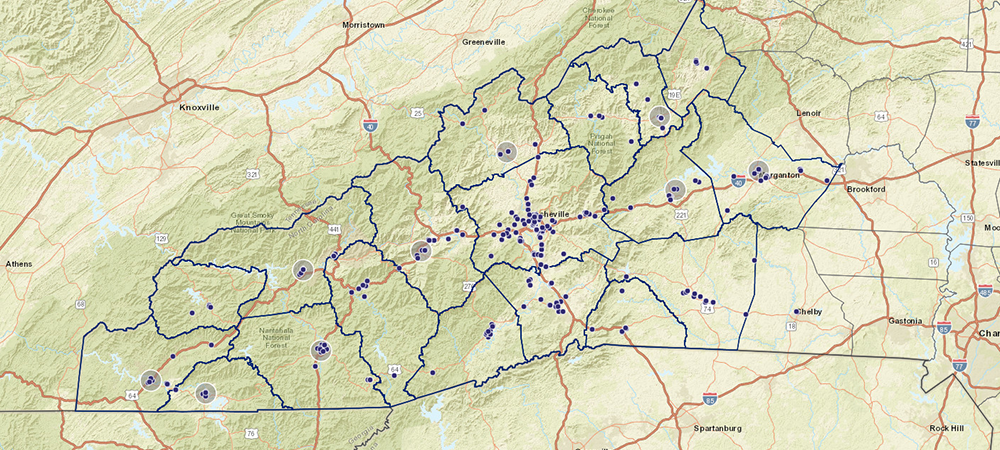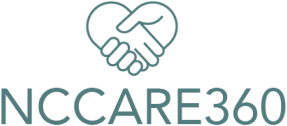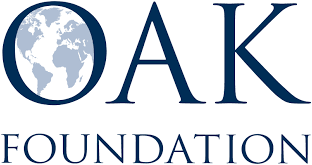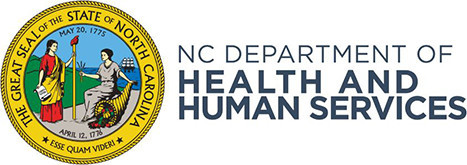
FindMyCareWNC Map



The ITACC Resource Map is now FindMyCareWNC - Interactive map for Transitions, Access, and Continuity of Care (ITACC).
The FindMyCareWNC - Interactive map for Transitions, Access, and Continuity of Care (ITACC) provides an overview of reproductive healthcare, substance use treatment, and related resources across the 18 westernmost counties of North Carolina. The objective of this platform is to provide communities with key information and tools that can enhance transitions, continuity, and access to healthcare services.
Using the filtering function, viewers can identify a wide range of available services and their locations, to include:
Introduction to FindMyCareWNC: Map vs Dashboard
Resource and service providers that wish to be added or removed from the map, or have their facility/service information updated, can submit a request below. For general questions and/or feedback, please use the feedback survey below.
If you have any questions, requests, ideas, or opportunities for collaboration, please send us an email
The information, hyperlinks, various media, and statistics included in the resource map are for informational purposes only. It is not a comprehensive guide or standalone document for the understanding of access to care within the region. The inclusion of information and any hyperlinks to resources does not explicitly imply a recommendation or endorsement by MAHEC of the views or services expressed within them; they are resources to view and utilize at your own discretion.
| What is okay to do with this resource? | You are welcome to use the resource map tools as part of your efforts to advance understanding, promote health, and prevent disease for non-commercial purposes as long as you acknowledge these tools are the exclusive property of MAHEC (Mountain Area Health Education Center) and understand no one shall assert a claim of copyright or other property interests. |
| What is NOT okay to do with this resource? | Aside from publicly available data, no one is authorized to copy and/or replicate any portion of the resource map or the MAHEC name, image, or likeness for any purpose or use without explicit written permission from an authorized MAHEC representative. |
| How should I share and cite this resource? | Mountain Area Health Education Center. “FindMyCareWNC - Interactive map for Transitions, Access, and Continuity of Care (ITACC)”. https://mahec.net/findmycarewnc. Using: ArcGIS® software by Environmental Systems Research Institute, Inc., Redlands, CA. 2023. |
| What if I want to download data? | If you would like an export of the resource map data, please send us an email detailing the data you need and how the data will be useful to you. Our team will review your request and be in touch with you shortly. |
This project was made possible thanks to the guidance and support from the University of North Carolina Asheville’s National Environmental Modeling and Analysis Center (NEMAC). Special thanks to our main contributors that include a multi-disciplinary group of clinicians of diverse specialties, librarians, public health experts, evaluators, and researchers.
In Partnership with







North Carolina Pharmacy Finder is your essential tool for locating pharmacies across the state, offering specialized services to meet your healthcare needs. Whether you're a patient or healthcare provider, this tool helps you make informed choices with ease and convenience.
With Support from



Supported by funds from the North Carolina Department of Health and Human Services through the Centers for Disease Control and Prevention (CDC) Cooperative Agreement Number NU17CE925024.
This project was made possible thanks to the funding, guidance, and support from North Carolina Department of Health and Human Services - Division of Public Health - Maternal Health Branch-Women, Infant, and Community Wellness Section. This project is supported by the Health Resources and Services Administration (HRSA) of the U.S. Department of Health and Human Services (HHS) as part of an award totaling $10,216,885 with 0% financed with nongovernmental sources. The contents are those of the author(s) and do not necessarily represent the official views of, nor an endorsement by, HRSA, HHS, or the U.S. Government.
